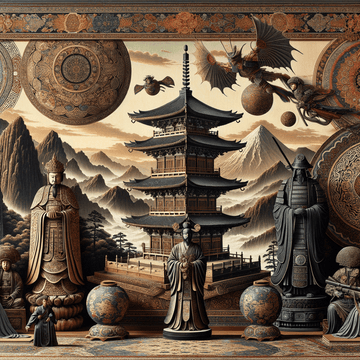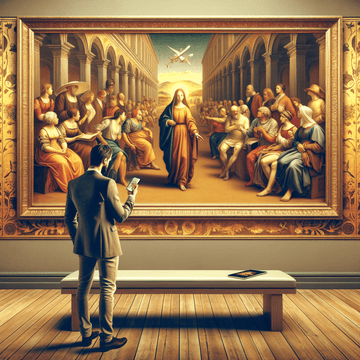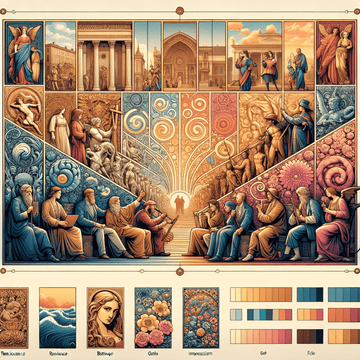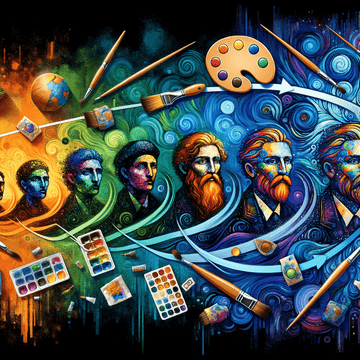"The Richness of Asian Art: Exploring Patterns, Symbolism, and Cultural Narratives"
Jul 13, 2024

If you ever dabbled in the realm of art or simply admired it from afar, you might be aware of the deep, pervasive richness that translates into the intricate patterns and symbolism in Asian art styles. Asian art, heavily influenced by history, culture, and religion, goes beyond just a visual spectacle—it's an engaging narrative, captured and eternalized through artistic expression.
The Intricate Patterns
The patterns in these art styles are ripe with cultural symbolism. Whether it's the lotus motifs abundantly found in Indian art, symbolic of spiritual enlightenment and rebirth, or the classic wave patterns in Japanese art, often representative of life’s turbulent, unpredictable nature; every pattern tells a unique story.
Chinese art, with its meticulous patterns of dragons and phoenixes, illustrates imperial power and virtue. The lattice patterns often observed in Islamic art, instead of depicting human or animal images, reflect the divine nature of the universe with their geometric complexities.
Symbolism in Colors
The use of color in Asian art is also incredibly symbolic. In Chinese art, red symbolizes good luck and joy; whereas white, unlike in western cultures where it signifies purity, is associated with death and mourning. The blue and green tones in early Chinese porcelain arts are the embodiment of natural beauty and harmony.
The Power of Subjects
The subjects chosen in Asian art styles too, carry profound meanings. The Buddha and bodhisattva images in Buddhist art, the folk tales captured in Indian Madhubani paintings, and the heroes and mythical creatures in Japanese Ukiyo-e prints, all provide a glimpse into the socio-cultural fabric of the respective regions.
Calligraphy and Word Symbolism
Text plays an instrumental role in Asian art, especially in Chinese and Islamic arts. Calligraphy transforms words into artistic visuals, each character breathing life into the philosophy, poetry, or history it’s representing. In Islamic arts, Arabic calligraphy fills up walls of mosques and pages of the Quran, each word symbolizing an aspect of spirituality and knowledge.
Asian art styles, hence, are complex tapestries full of patterns, symbolism, and cultural narratives, transcending the mere aesthetics. In their details, you can feel the emotions, observe the customs, and explore the philosophies of Asian cultures.
Interested in exploring more art like what we've discussed today? Our collection offers a diverse range of styles, including Chinese Silk Painting and beyond. Feel free to dive into our world of artistic wonders by visiting here. Whether you're looking to admire or to acquire, there's always something captivating waiting for you. We're excited to share our passion for art with you.




